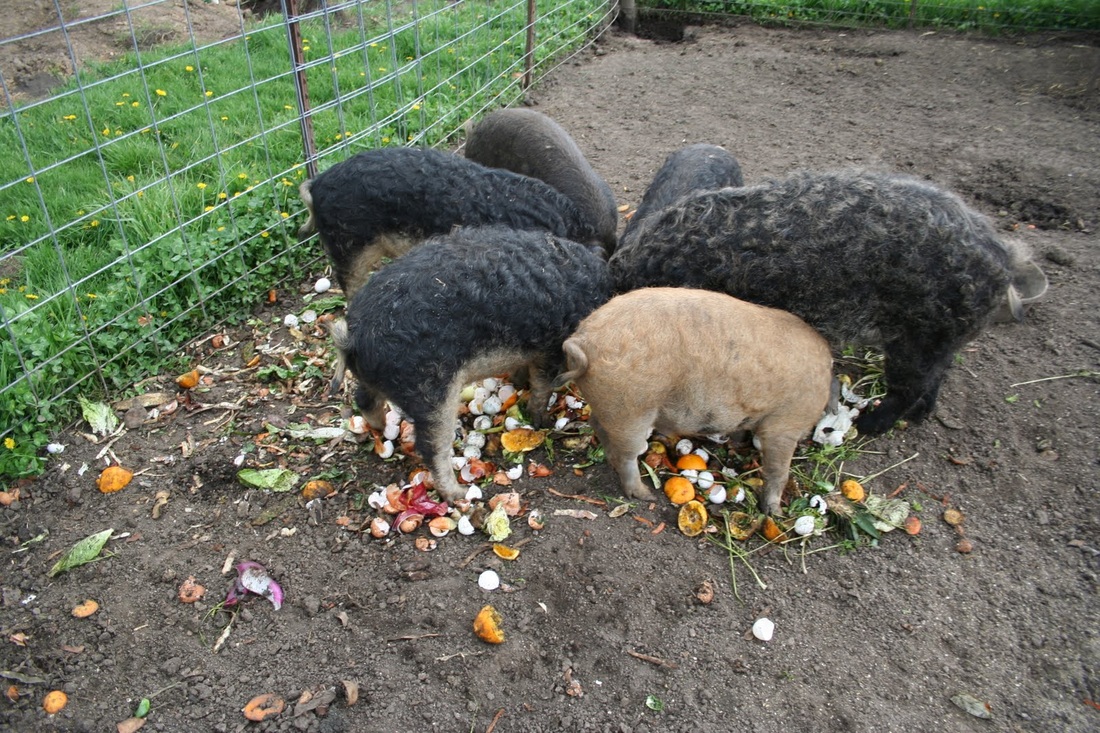|
“They’ve had their turn at the trough; now it’s our turn.”
I covered an election in Kentucky in the early ‘70’s. I don’t remember who won. Obviously, it didn’t matter. I only remember somebody from the winning side blurting the above statement, unabashed. I was reminded of that party functionary when I read the excellent essay by Juliet Lapidos in the Times, about the senatorial race in the state where I lived for a while (and which I love for a lot of reasons, if not the politics.) Allison Lundergan Grimes is running against one of the more unpopular and unpleasant members of the Senate (a huge accomplishment right there), Mitch McConnell. She is also running against the President of the United States, who happens to be in the same party as Grimes. She will not even discuss her vote in the past two presidential elections, which is disgraceful. McConnell has taken very few stands in his squishy career, but one of them was telling the folks that his prime duty from November of 2008 was to sabotage the presidency of Barack Obama. His sly lisping voice sounds like some of the old Dixiecrats of mid-century who, by innuendo and tone, used to let their constituents know where they stood on race. The political posture of the past six years has been a winking referendum on race. People feel comfortable saying they “just don’t like” Barack Obama. And leading the pack has been Mitch McConnell. Now, somebody who calls herself a Democrat is marching lock step with McConnell.. Lundergan is speaking up for Big Coal, which, as I understand it, accounts for 7 percent of the Kentucky economy, but vastly more of its brute influence. Nothing subtle about Allison Lundergan Grimes. The Democrats need every Senate seat they can win in November, so they have to accept somebody who says she is a “Clinton Democrat,” whatever that means. What Lundergan could say right now is: “The Republicans have tried to downsize government, including the Centers for Disease Control and Prevention. Now in a time of crisis, they cry for government action.” Instead, she marches with Mitch McConnell in the Big Coal parade. Some people who now identify as Elizabeth Warren Democrats may celebrate the grand diversity of the party, which allows people with principles and people without principles to co-exist under the big tent. How democratic is that? The Grimes message is: Mitch McConnell is odious – no surprise there – but now it is the Kentucky Democrats’ turn at the trough. Oink.
6 Comments
Brian
10/19/2014 01:39:58 am
In my view, "My Old Kentucky Home," or any home in this country with special character, can still be deservedly romanticized. The people and the politics are very separate. Politics has become the great "unifying" force in our country in a very bad sense: All across our land too many elections give people a sad choice between the same two candidates -- the Gangster-in-drag, or the Stupid guy.
Reply
George Vecsey
10/19/2014 03:00:27 am
Brian, thanks. Did you happen to see Garry Trudeau on Steve Kornacki's show on MSNBC Sunday morning, talking about how Warren galvanized workers on the set of his TV sitcom? He wasn't endorsing her, just talking about her impact on people. GV
Reply
Brian Savin
10/19/2014 07:04:35 am
No, but thanks, I'll try to find it via the wire. Sunday mornings I'm partial to a good breakfast followed by the Fordham guy (Osgood).
Thor A. Larsen
10/19/2014 03:27:04 am
Allison Grimes may not be the best Democratic candidate, but to me she is very acceptable if she beats Mitch McConnell who is outrageous in his view about President Obama and his attitude of blocking any meaningful legislation. I share above views on Eliabeth Warren, who is most likely the brighest and most knowlegeable senator and along with her knowledge, an exceptional speaker, (So, I remain very hopeful for the future in spite of the bigot from Kentucky and the Koch brothers.)
Reply
10/19/2014 04:52:14 am
Elizabeth Warren is not just an unusual politician. She is a remarkable person, with all the values that matter, who happens to be in politics.
Reply
Leave a Reply. |
Categories
All
|











